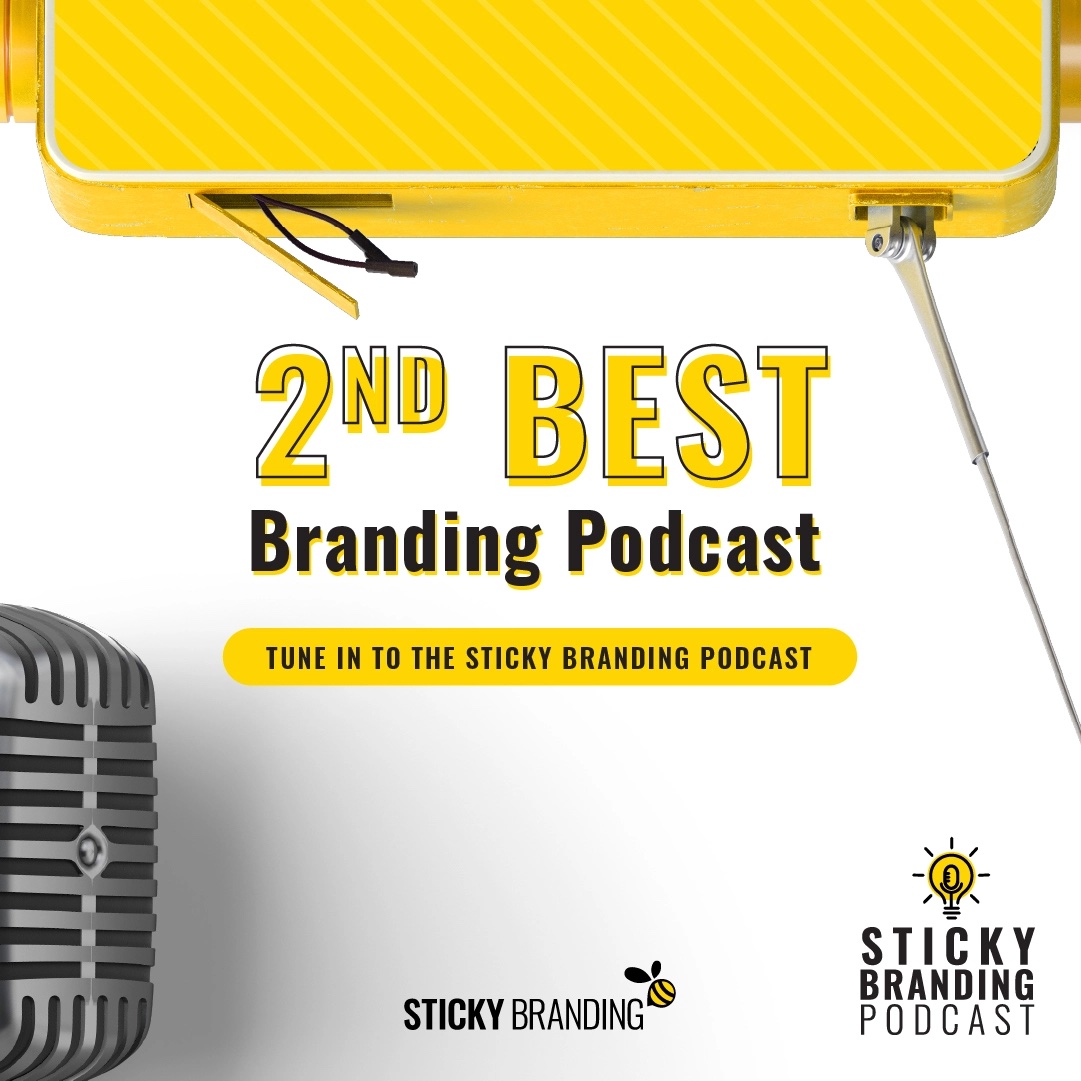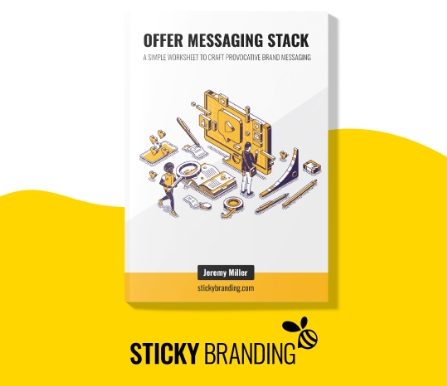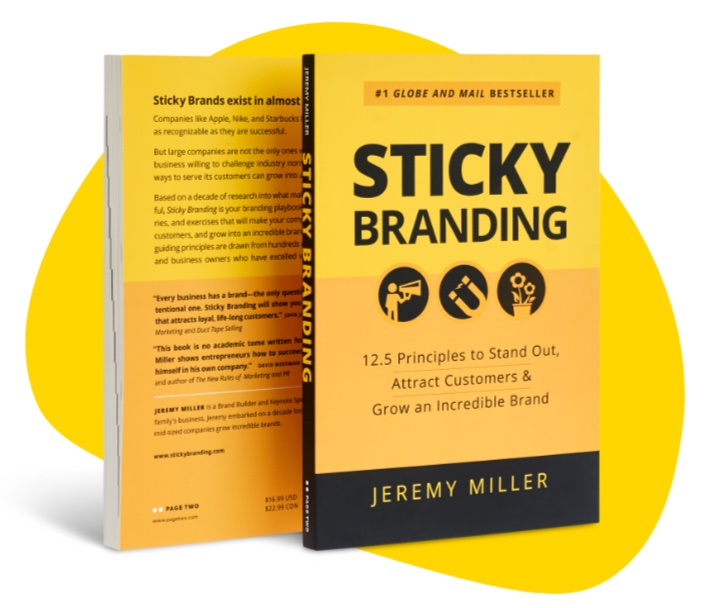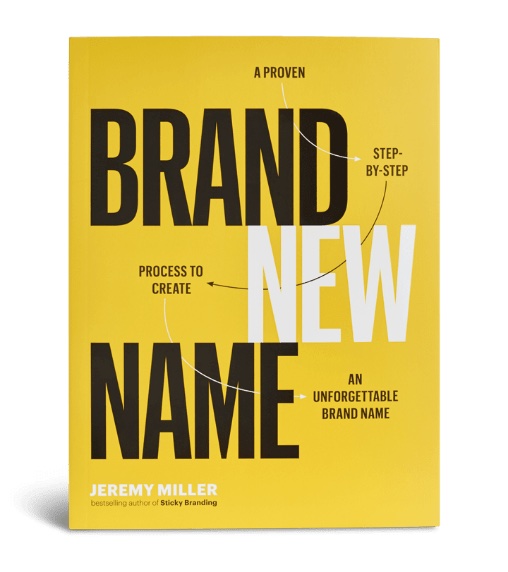Competitive advantage is being eroded at an astronomical pace.
Jean-Marie Dru writes in The Ways To New, “From the moment an innovation appears on the market, the movement toward commoditization goes at a rate that has never been seen before.”
As soon as you find an advantage your competitors — both direct and indirect — will take action to nullify it. They will copy, duplicate, and build up on it. They’ll take your idea and claim it as their own.
Before you know it, what was once a competitive advantage is simply a standard of doing business in your industry.
It’s a frustrating cycle, but fortunately it’s predictable.
The 4 Phases of the Commoditization Cycle
There are four phases of the Commoditization Cycle:
- Functionality: A company introduces a new technique, tool, or process to solve a problem. Uber is challenging the taxi industry with a new platform and process for hailing a car service.
- Reliability: Once there are two or more credible options companies stand out by offering the most reliable service. Customers want innovations that “just work.”
- Convenience: Once the category matures customers start to distinguish one option from the next based on convenience. Features and quality are no longer differentiators. Rather customers look for better service, better selection, and companies that are simply easier to deal with.
- Price: The last stop on the Commoditization Cycle is price. When multiple vendors offer comparable products and services that are functional, reliable, and convenient customers will shift to price.
Competition is the driver that propels the Commoditization Cycle. As the volume of competitors increase the rate of innovation accelerates, which gives customers more and better choices.
Own Convenience
Many sales reps default to selling on price too soon. They perceive customer resistance as price resistance, which is often a mistake.
True commoditization — selling on price — is the last stop in the cycle, but there is lots of room to innovate in the Convenience phase.
For example, Zappos created a competitive advantage in the shoe industry by delighting customers with exceptional service:
- Extensive inventory and selection
- Easy to navigate website
- 24/7 phone support, as well as live chat and email support
- Free shipping both ways
- Most orders are shipped within 24 hours
- 365 day return policy
Zappos innovated in Convenience, and continues to do so. The company avoids selling on price by making “service” it’s number one core value.
Price Is a Signal to Innovate
It’s inevitable that an industry or product will eventually be reduced to a number. Once the standards are established, customers will dictate what they will pay.
But that doesn’t have to be a detractor. Price, or price sensitivity, is an early warning system.
When you notice customers are differentiating one product from another based on price it’s time to shift priorities. Use the buyer behavior to trigger an analysis of the Commoditization Cycle.
- Which phase are you in?
- How are competitors behaving? Are they offering new products, services, or options?
- Is there a new competitor that’s changing the landscape for customers?
- How are customer needs and behaviors shifting?
Depending on what’s happening in your industry, you can use the 4 Phases of the Commoditization Cycle to determine your response.
You Can’t Avoid Change
Ten years ago, or even five years ago, models like the Commoditization Cycle were simply interesting academic tools. Today, they are highly valuable tools for managers.
Technological advancements are accelerating at an exponential rate. Steven Kotler writes, “For the first time in history, the world’s leading experts on accelerating technology are consistently finding themselves too conservative in their predictions about the future.”
The rate of change has a profound impact on the commoditization of your business. On the one hand, new tools and technologies make it easier for competitors to duplicate innovations and make them their own. And on the other hand, new tools and technologies are rewriting the value propositions of traditional industries.
The idea can be summed up with what’s already becoming a hackneyed phrase, “Don’t get Ubered.”
It’s unlikely you can stay ahead of change, at least not for long, but you can understand that innovation in your industry will move in four predictable phases: functionality, reliability, convenience, and price.
How you manage the cycle may be the difference between profits and obsolescence.





